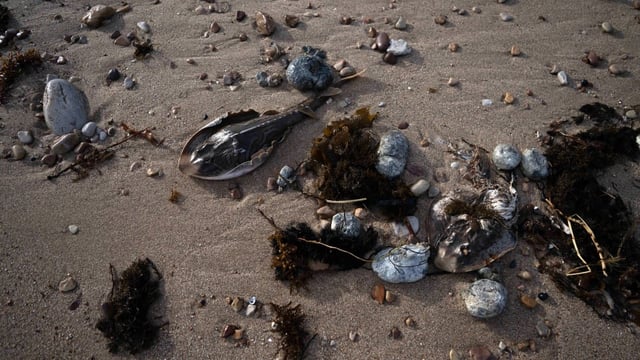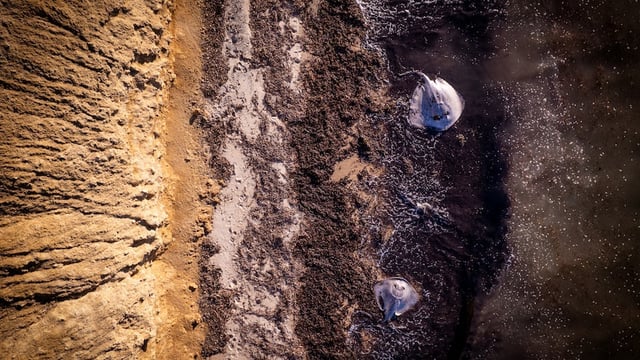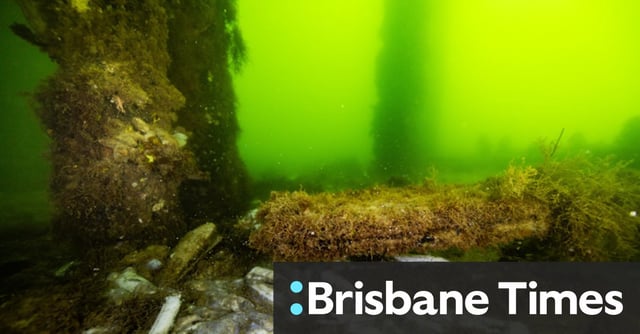Overview
- The outbreak now spans roughly 4,500 km² off South Australia’s coast and has killed hundreds of marine species, with more than 13,850 carcasses recorded.
- Premier Peter Malinauskas officially designated the bloom a natural disaster on July 15 and established a PIRSA taskforce to manage recovery operations.
- On July 22 the state pledged A$12.5 million, matching the federal government’s A$14 million contribution for cleanup, research and business support.
- Researchers trace the bloom’s unprecedented scale to a marine heatwave 2.5 °C above normal, nutrient influx from the 2022–23 Murray River floods and an extended Bonney Upwelling.
- Experts warn the algal toxins can linger in sediments for years and caution that similar outbreaks may occur along Australia’s east coast under comparable ocean conditions.


